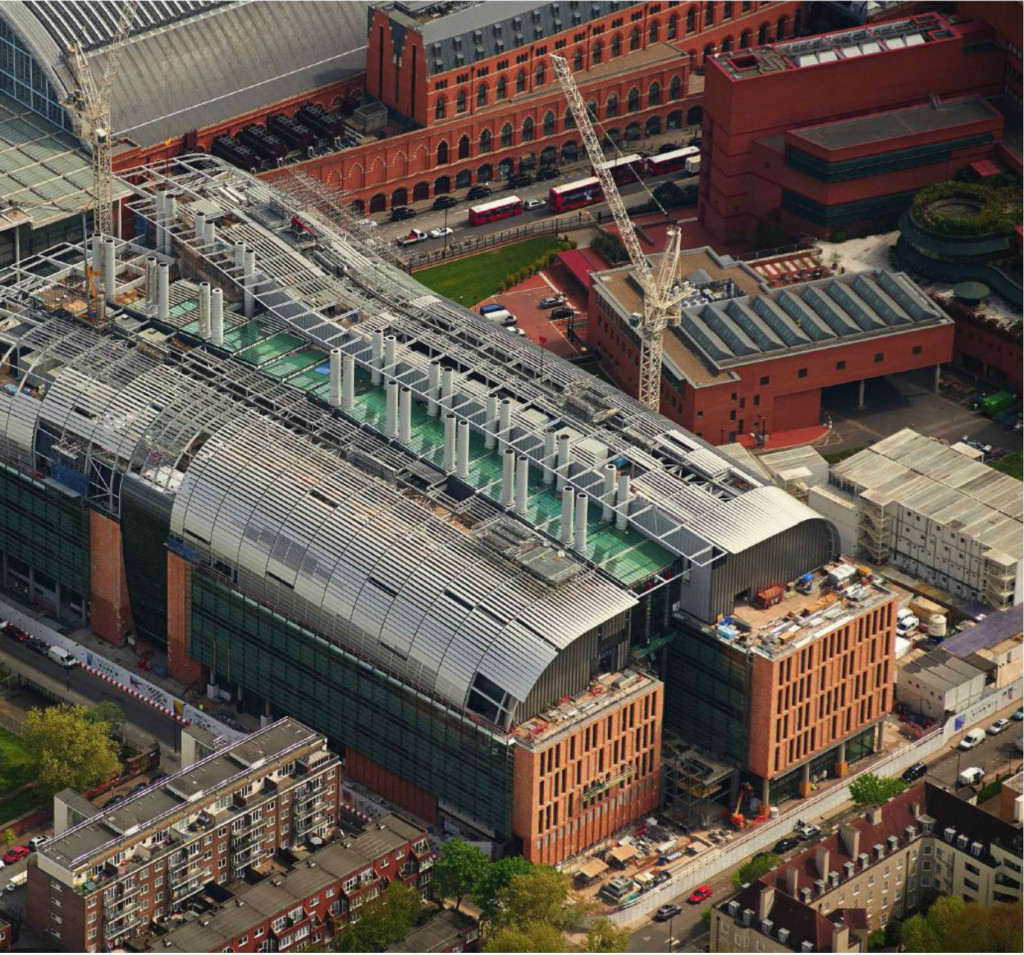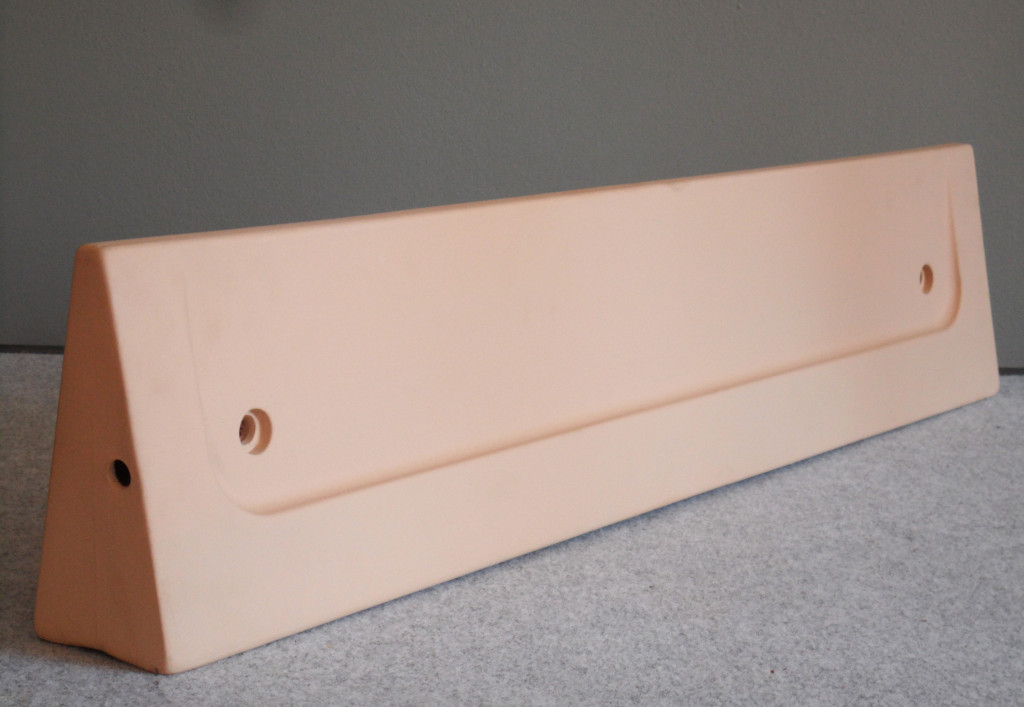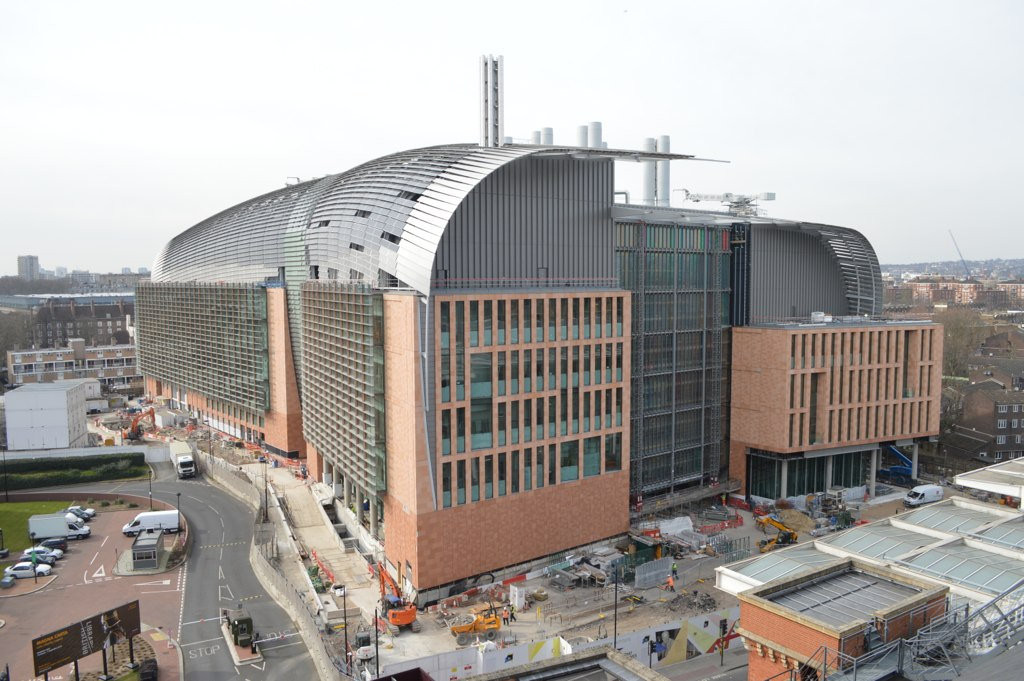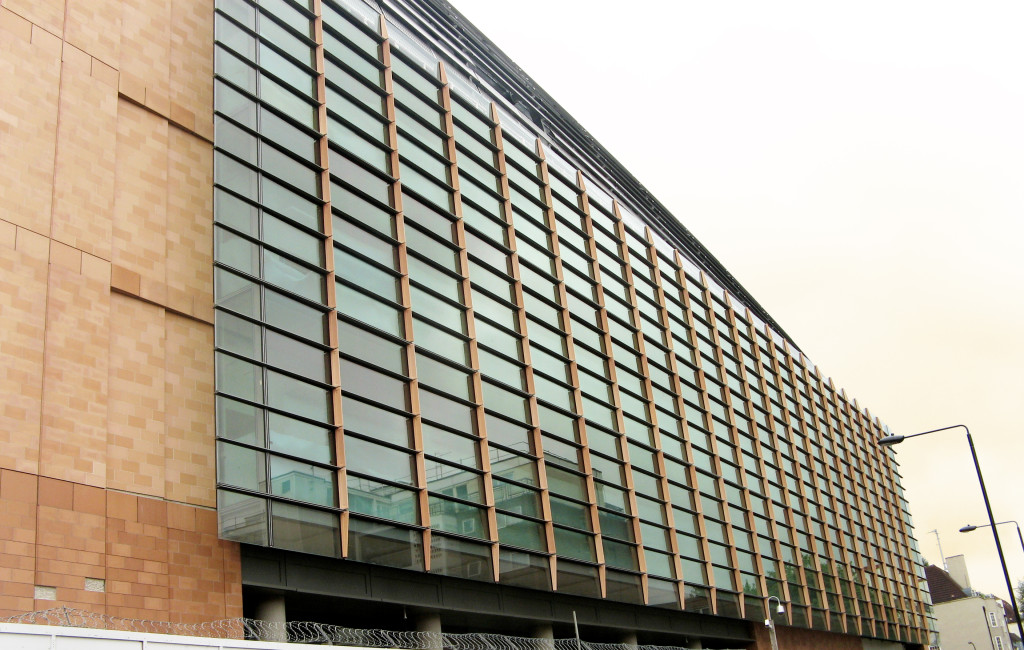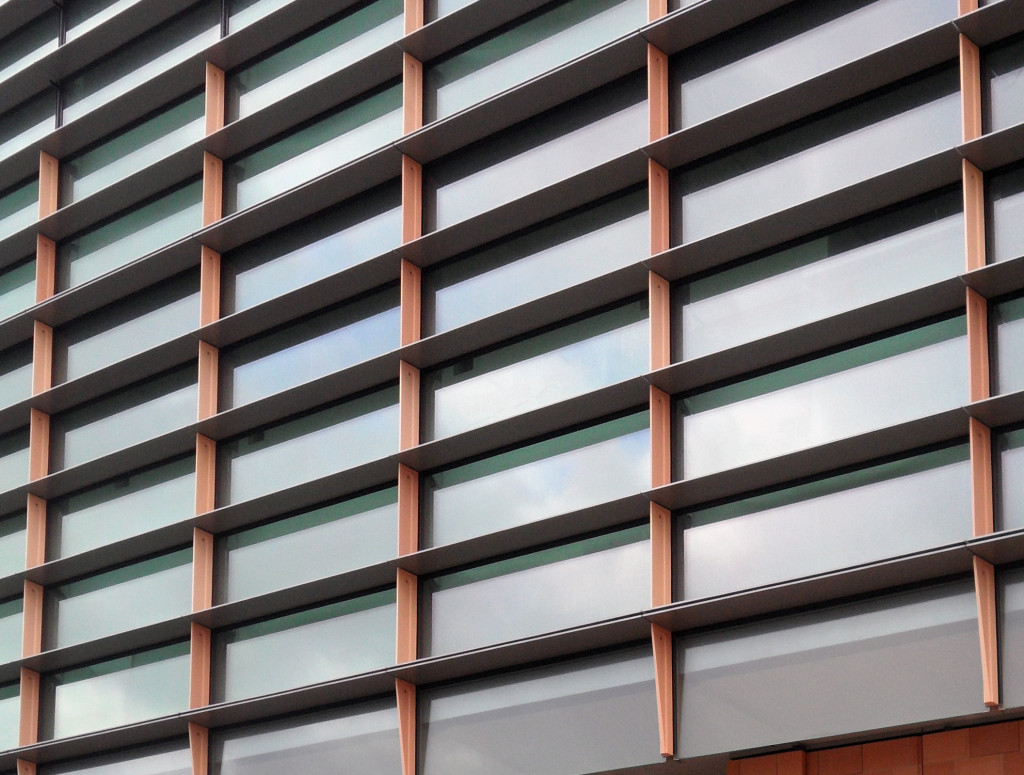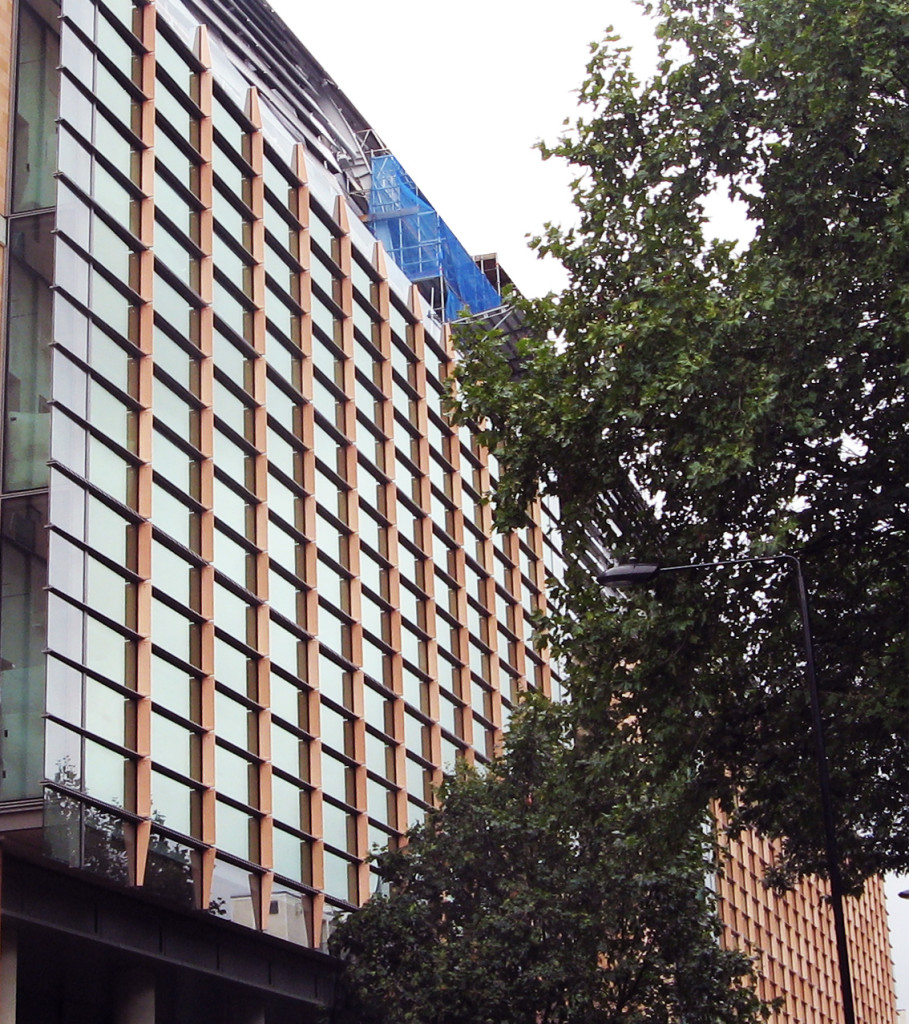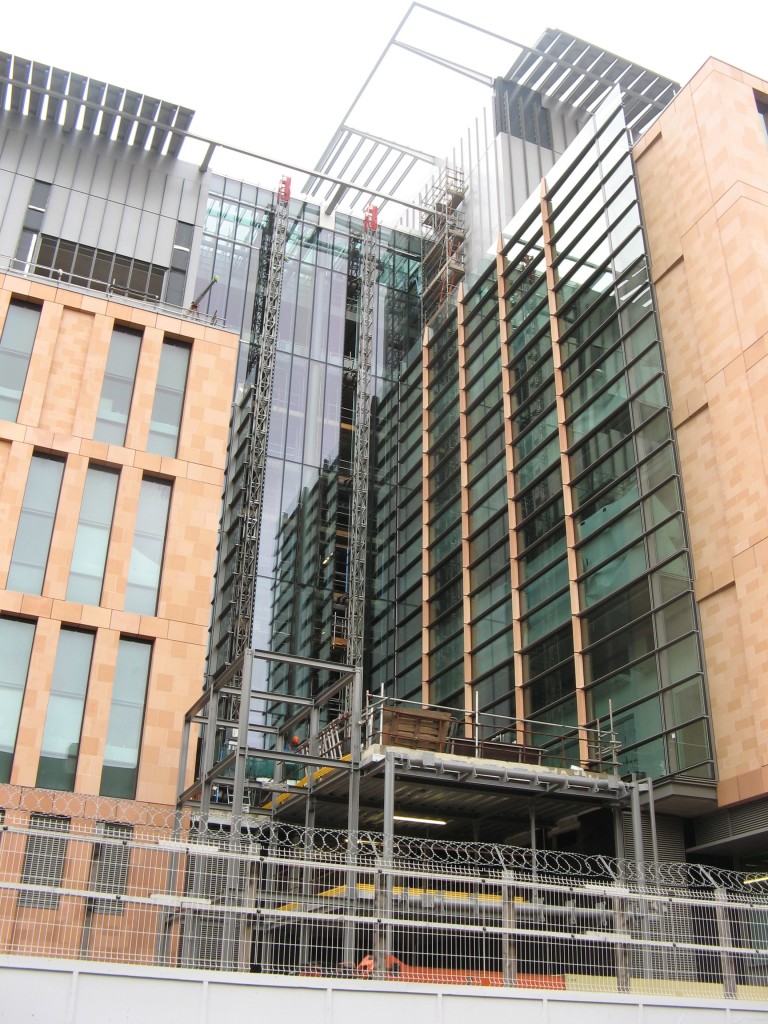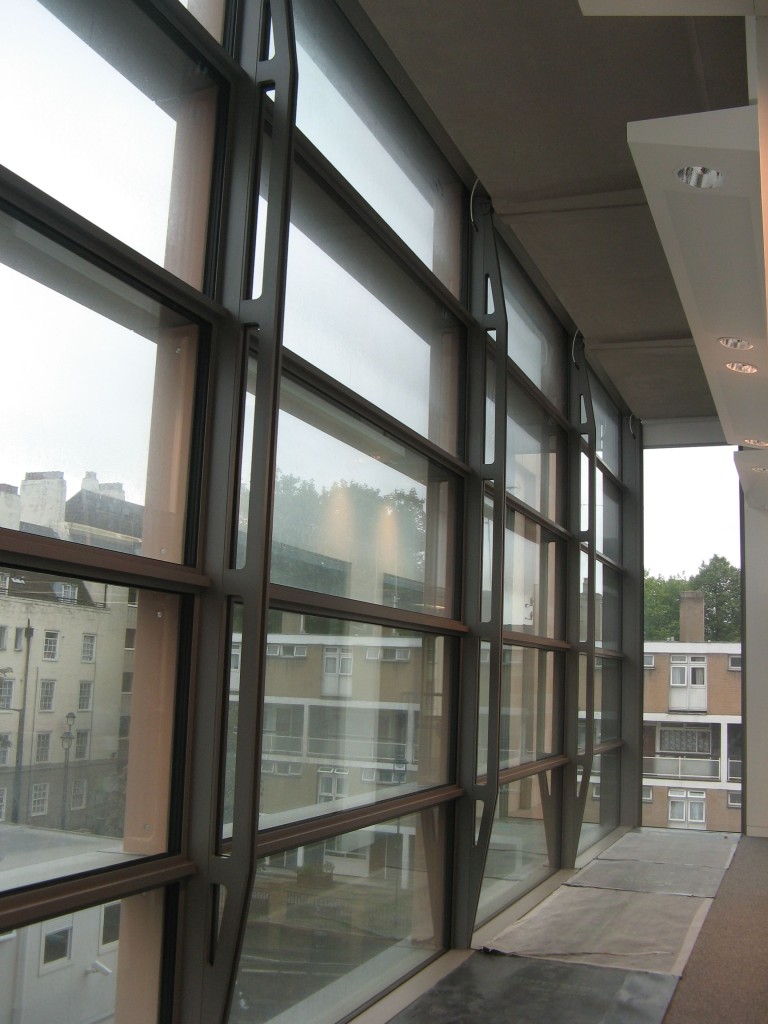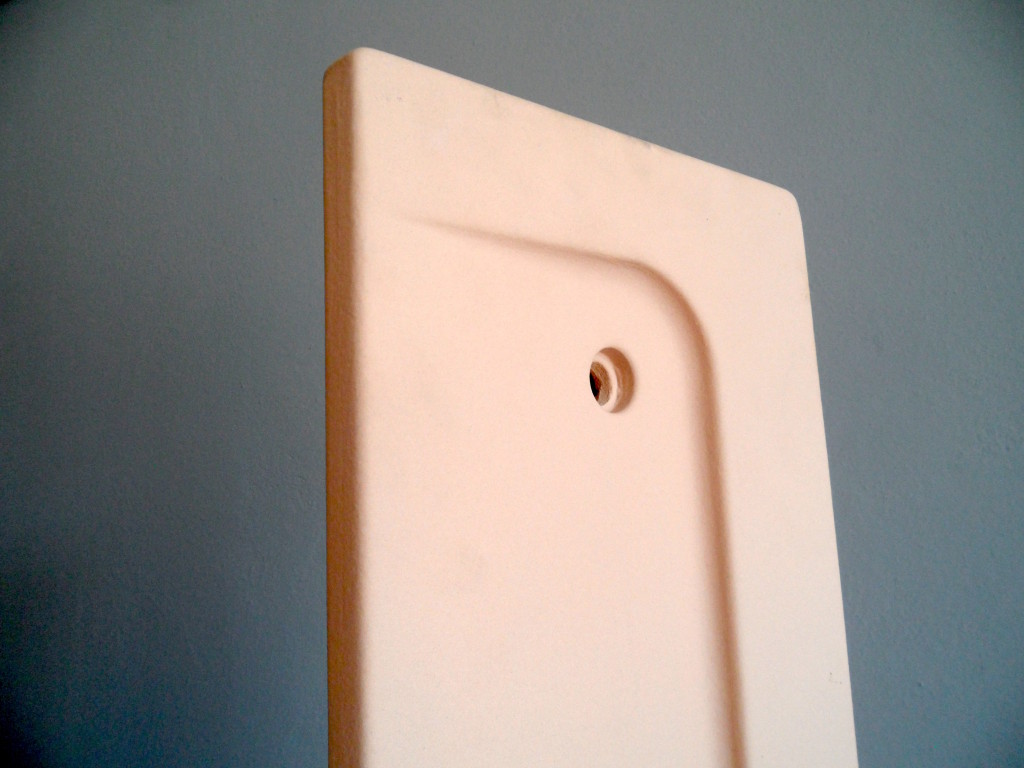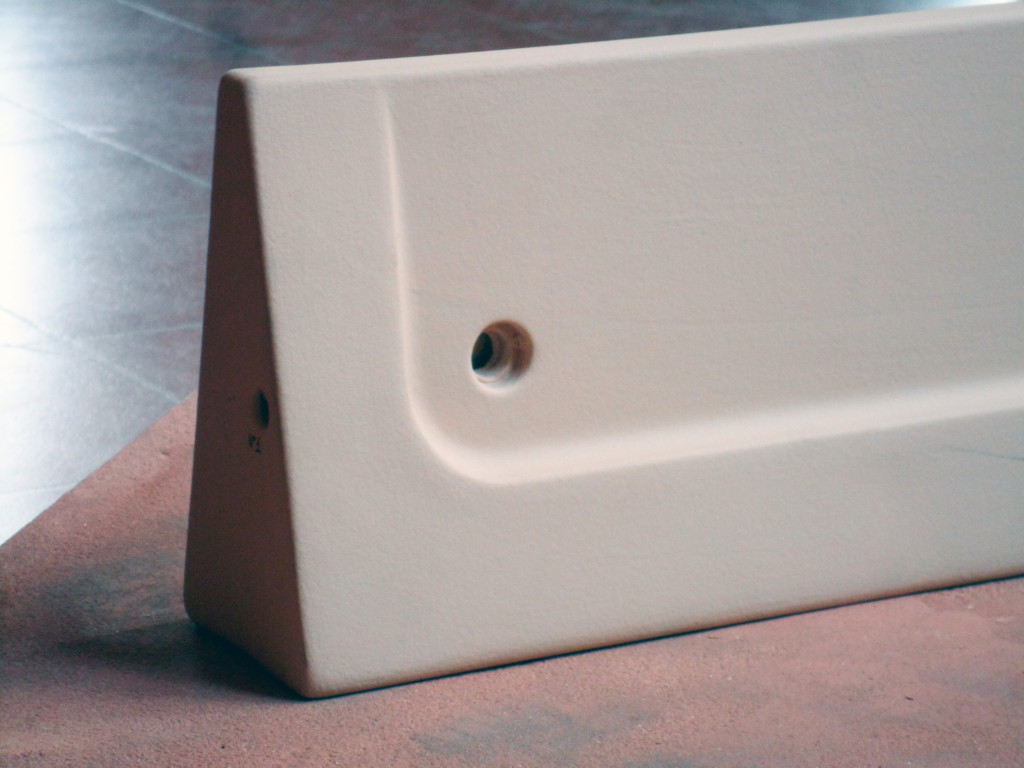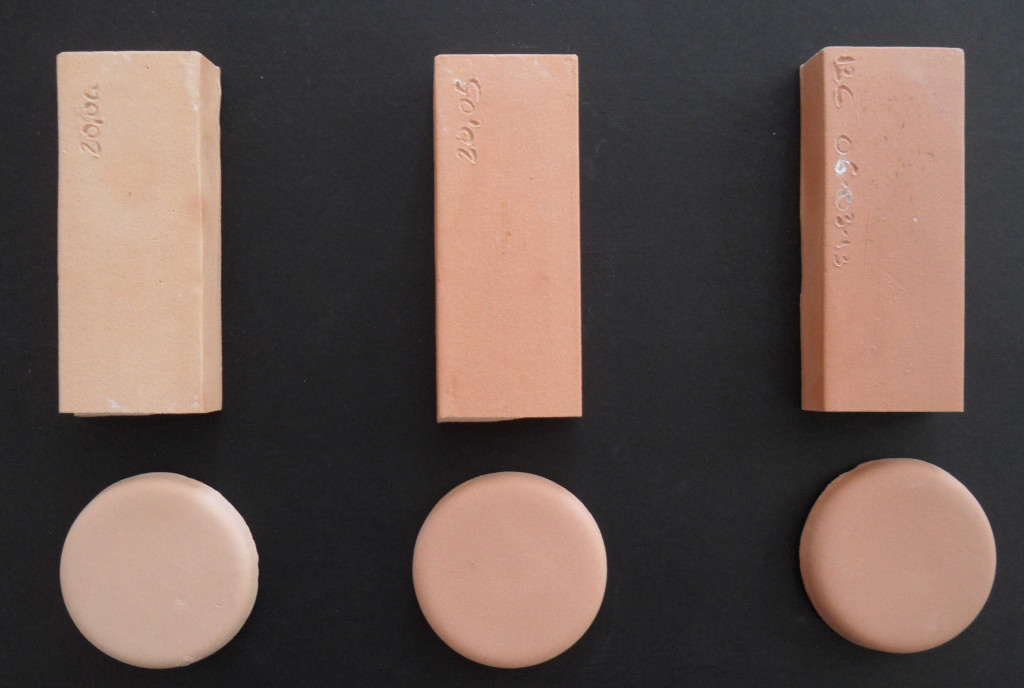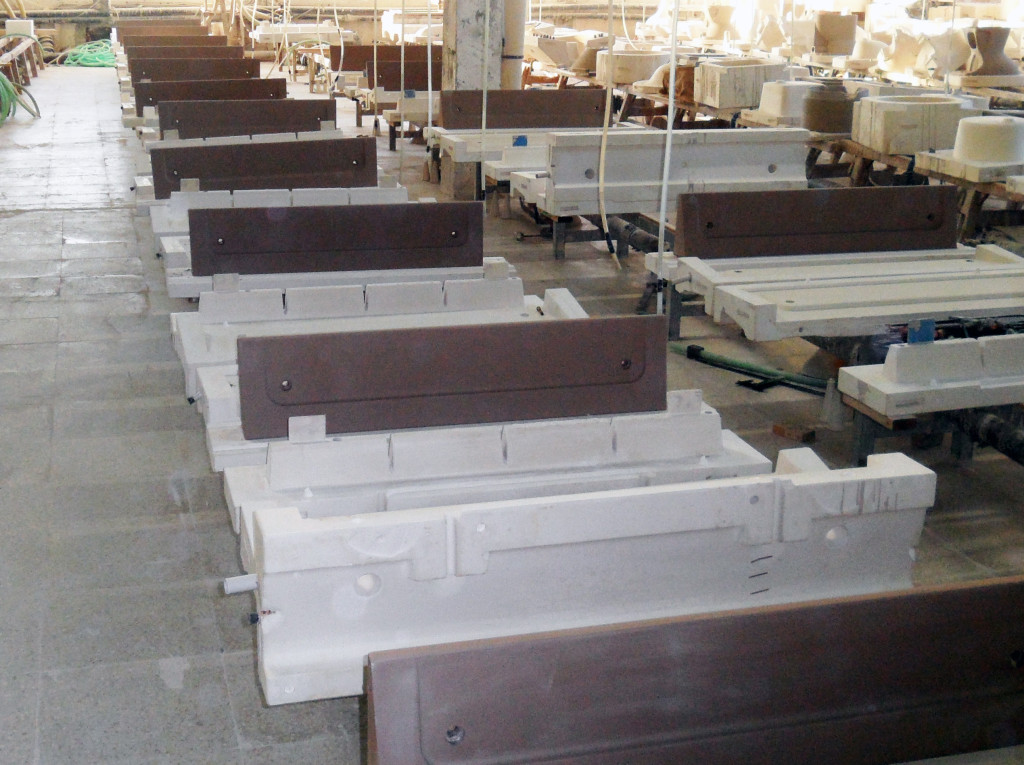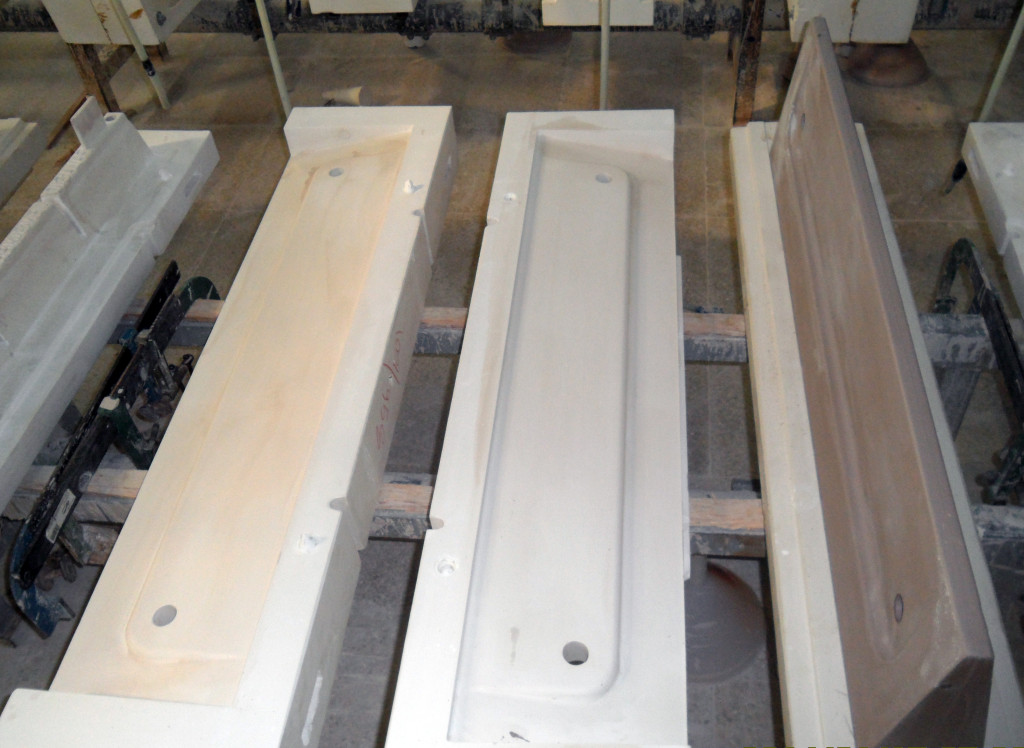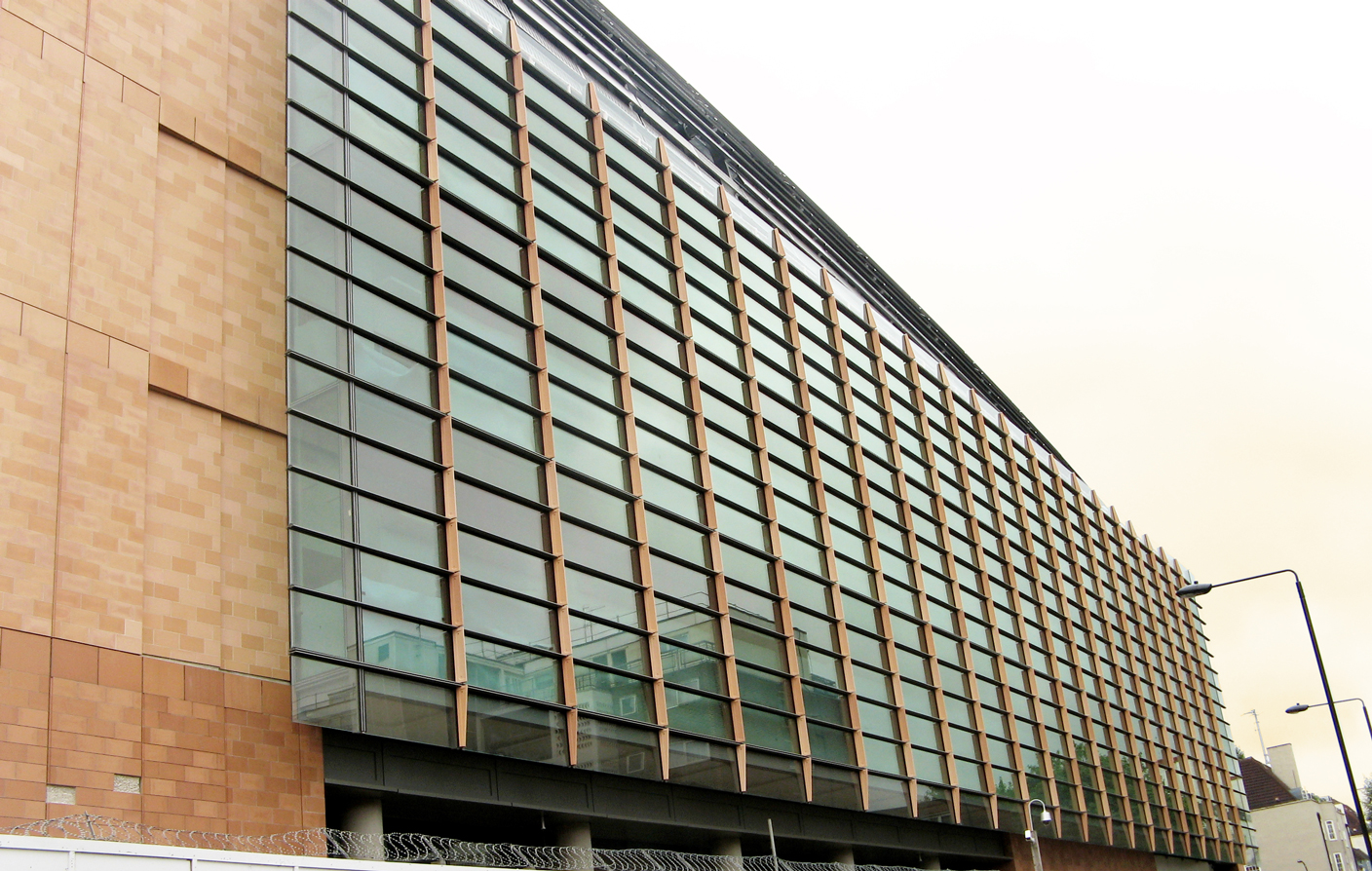
03 Sep Slipcasted Terracotta façade in London: the Francis Crick Institute
The Francis Crick Institute will create the United Kingdom’s foremost biomedical research facility through a unique collaboration between Cancer Research UK, The Medical Research Council, The Wellcome Trust, University College London (UCL), Imperial College London and King’s College London.
The distinctive vaulted roof recalls the form of the adjacent Barlow Shed at St. Pancras International. As in the station, the delicate engineering of the roof is contrasted with the robust masonry of the base of the building which creates richly textured elevations at street level. Innovative architectural and engineering design will deliver a highly sustainable building.
TECNIQUE
Palagio Engineering’s work has dealt with the engineering and production of vertical elements made in natural terracotta. These items consist in 9 different types of Terracotta fins with a length of about one meter, produced in 3 different shades as custom colors for the project. These Fin elements are installed in front of the windows of the building and are fixed to the primary structure by means of metal plates and special “pig noise” screws. Due to its particular shape and the hollow body, this special terracotta profile could not be produced through a traditional extrusion process; for this reason Palagio Engineering has used a molding technology referred to as “slip casting”.
CLICK HERE TO DOWNLOAD THE PDF !
GALLERY
- differenti tonalità di colore studiate specificamente per il progetto.
- gli elementi verticali in terracotta stampati su misura e lavorati nel nostro stabilimento.
- lo stampo utilizzato per la realizzazione delle “pinne” in cotto.

